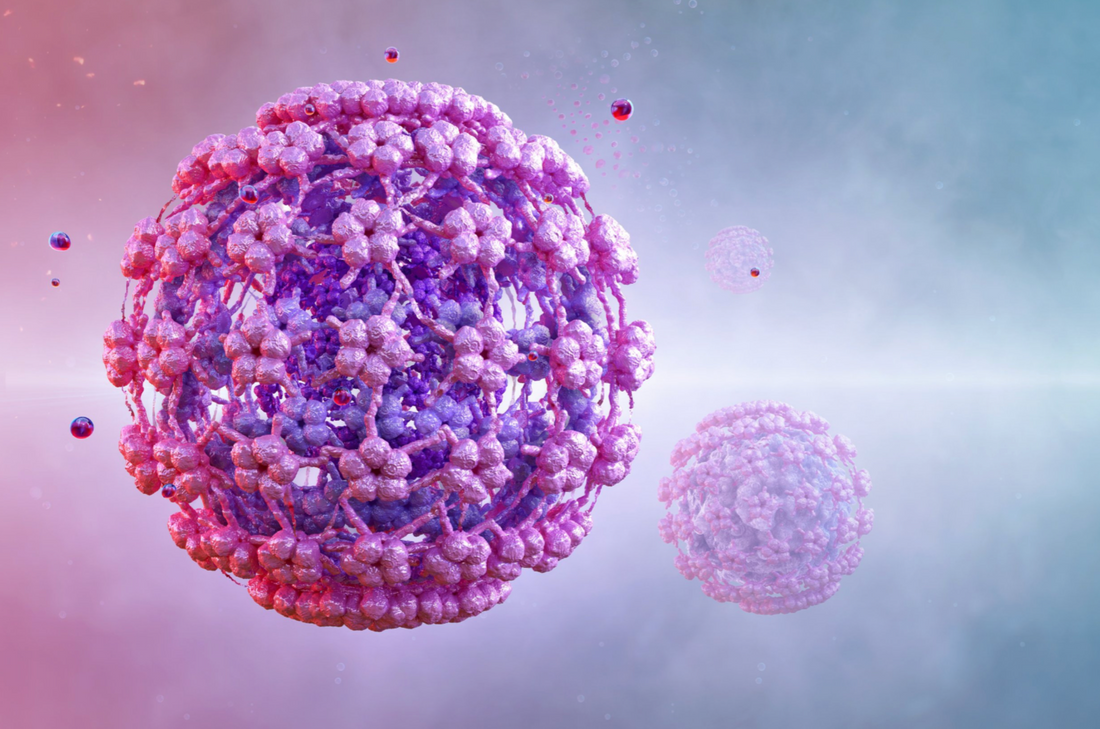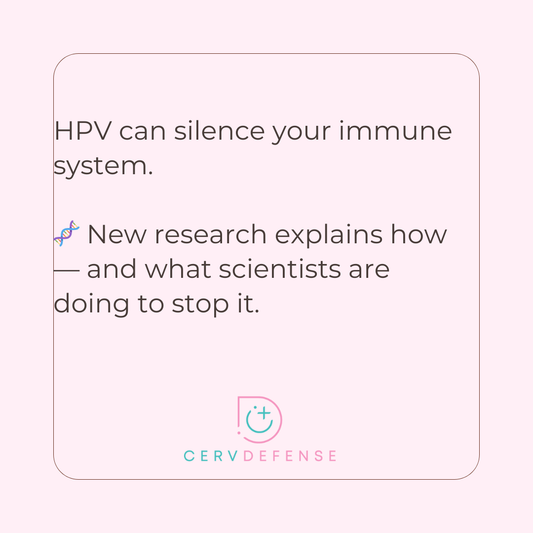
Understanding the cervical microbiome: a promising frontier in HPV treatment
Share
This piece from News Medical Life Sciences discusses how HPV, a prevalent infection in females, has an effective vaccine called Gardasil. Despite its success, there are limitations as it targets specific types, leaving over 100 lower-risk types unguarded. Global vaccination rates are low, and the vaccine cannot eliminate the virus from already infected individuals. Recent research explores the connection between cervical bacteria, the immune system, and HPV outcomes. The cervix hosts a bacterial ecosystem, and shifts can lead to bacterial vaginosis (BV), increasing STI risk, including HPV. Studies show Gardnerella-dominant microbiomes increase the risk of progressive HPV. Elevated interleukin-1β (IL-1β) indicates persistent HPV, suggesting an unhealthy microbiome fosters virus persistence. Research suggests Lactobacillus crispatus, enriched in healthy flora, has a protective effect, while L. iners is associated with BV. Treating early-stage HPV with an L. crispatus probiotic may repopulate the flora. Products like Papilocare aim to support vaginal microbiota. Understanding cervix microbe interactions can unveil connections between microbes, cancers, and viruses. Read more here.



